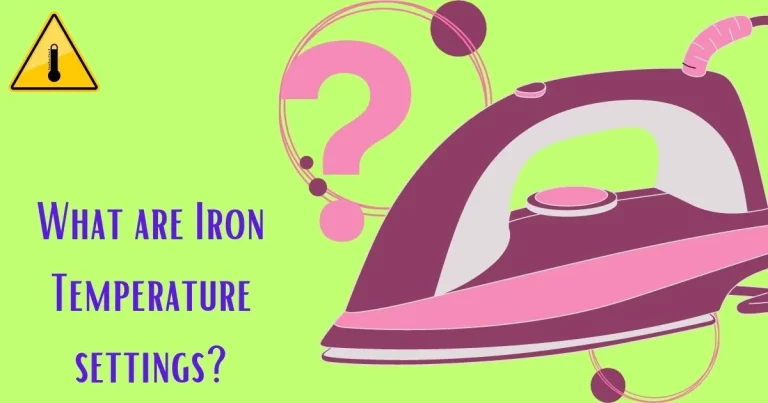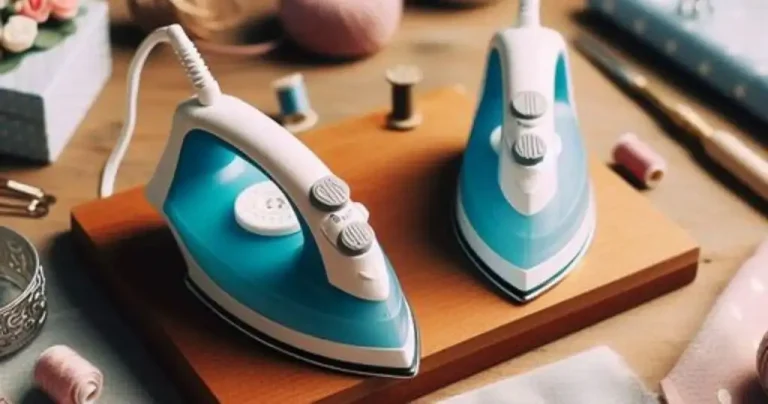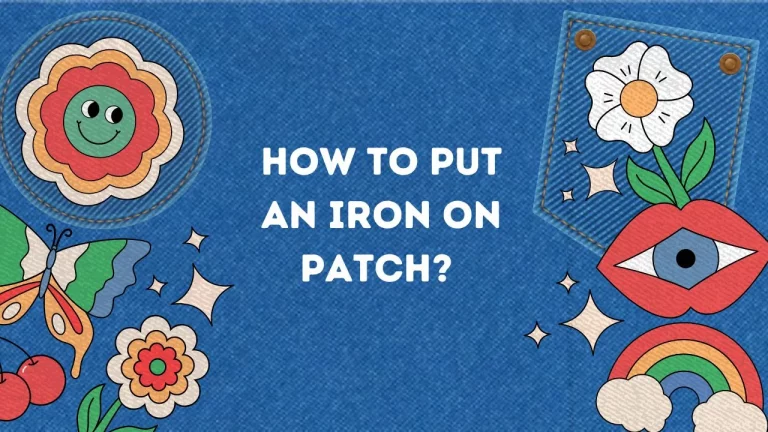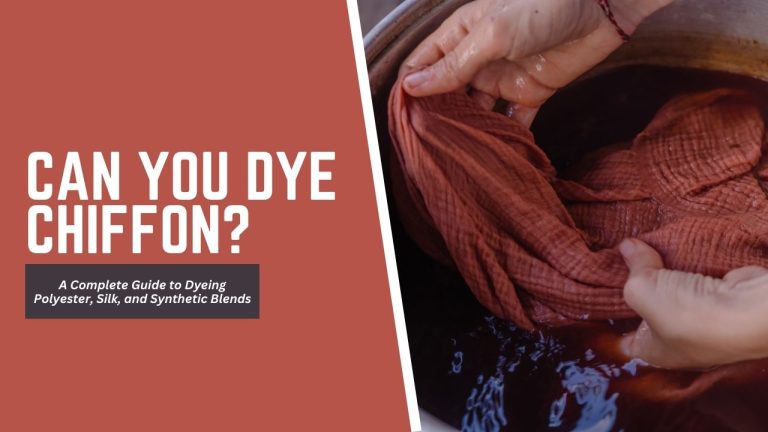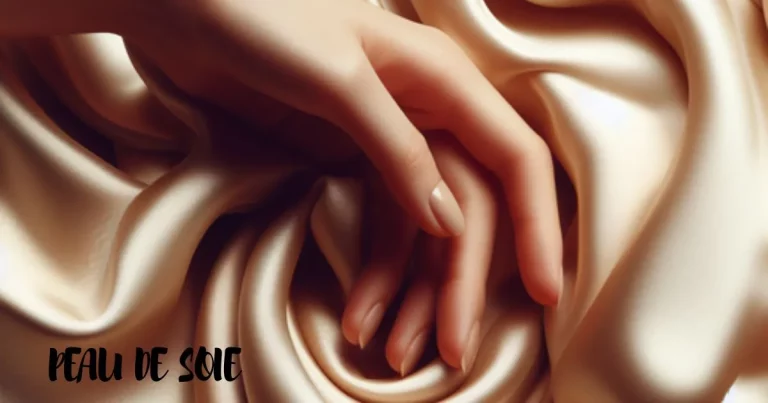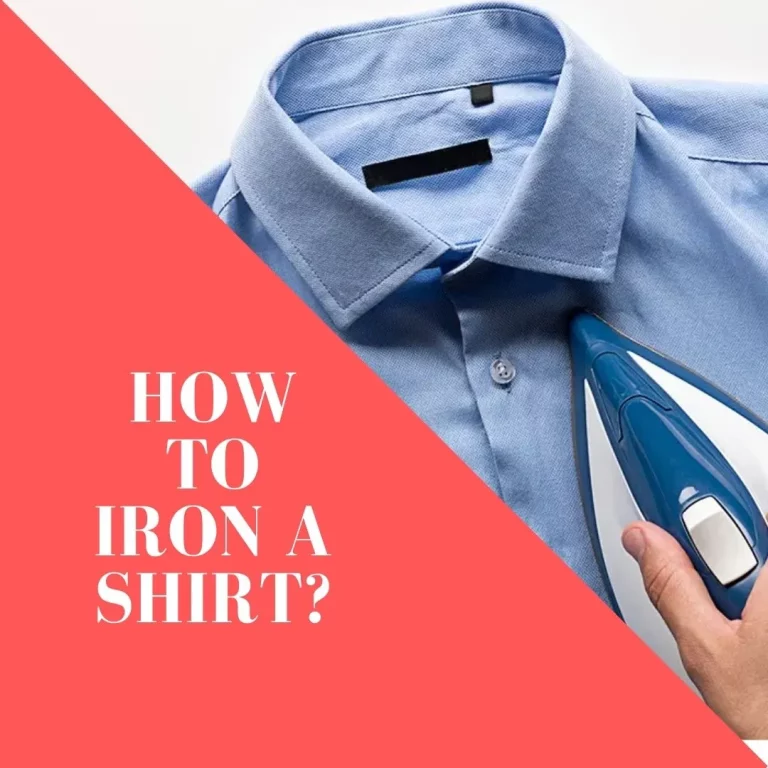WHAT DOES COOL IRON MEAN? – IRONING GUIDE TO COLD IRON IN 7 EASY STEPS
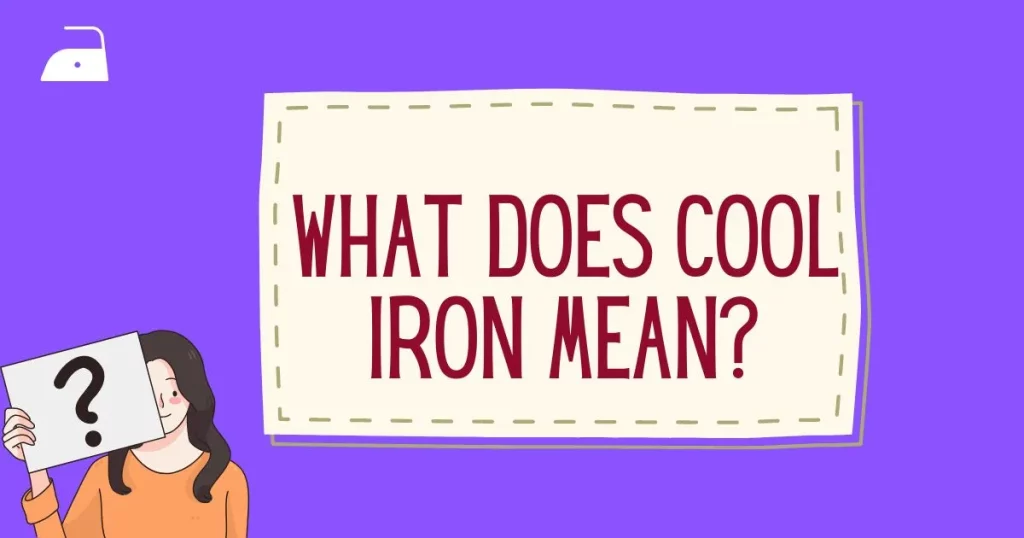
Welcome to the world of cool iron, where delicate fabrics are treated with the utmost care, ensuring wrinkle-free perfection without sacrificing their quality. As we delve into the realm of garment care, we uncover the secrets of harnessing the gentle power of cool ironing.
Whether you’re a seasoned pro or a novice in the art of garment maintenance, this guide will equip you with the knowledge to wield your iron confidently and transform your clothes into flawless fashion statements. In this article, we will explore the nuances of cool ironing, understanding its significance, temperature ranges, and which fabrics benefit from this specialized setting. Learn all about the art of ironing clothes by clicking on the link.
Cool iron meaning – What is cool iron?
When the term “cool iron” is used, it typically refers to the two lowest iron temperature settings. These settings are designed to provide minimal heat for ironing delicate fabrics or garments that are sensitive to high temperatures.

How to cool iron a Shirt – 7 Steps
Set your iron to a temperature below 110 °C specifically for cold ironing.
Gather equipment
Gather the necessary equipment such as
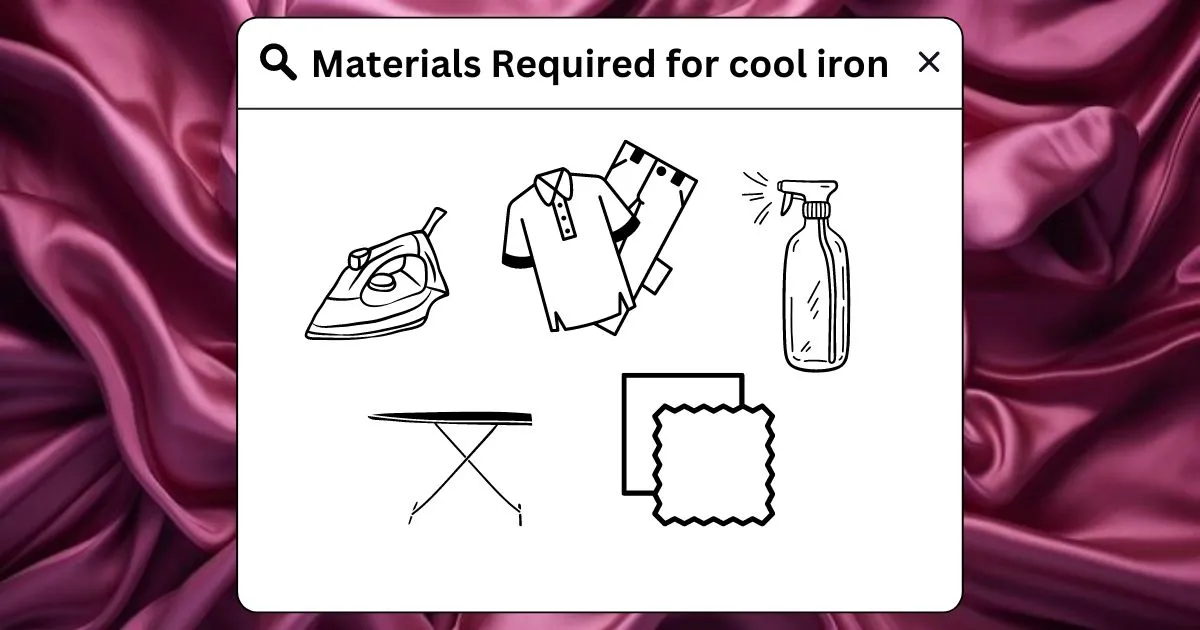
Step by step guideline to how to cold iron a shirt
Step 1: Prepare Your Ironing Set up
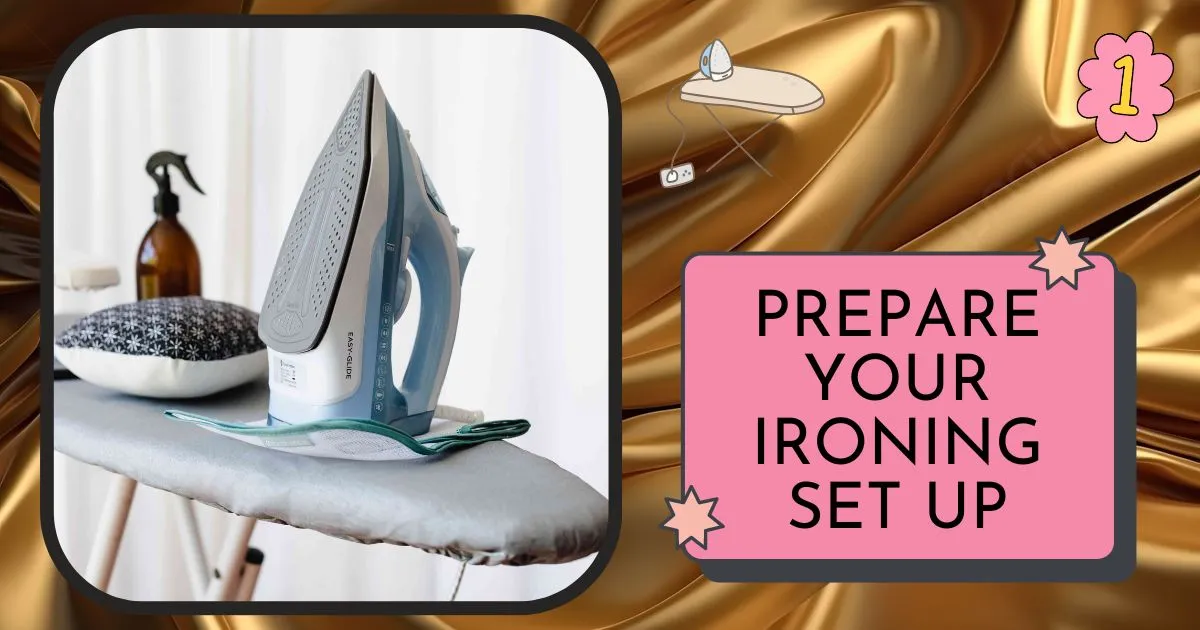
Step 2: Smooth Out the Shirt
Before ironing, ensure the shirt is clean and slightly damp. Lightly mist it with water using a spray bottle or use a garment steamer to add moisture to the fabric. This helps in achieving better wrinkle removal.
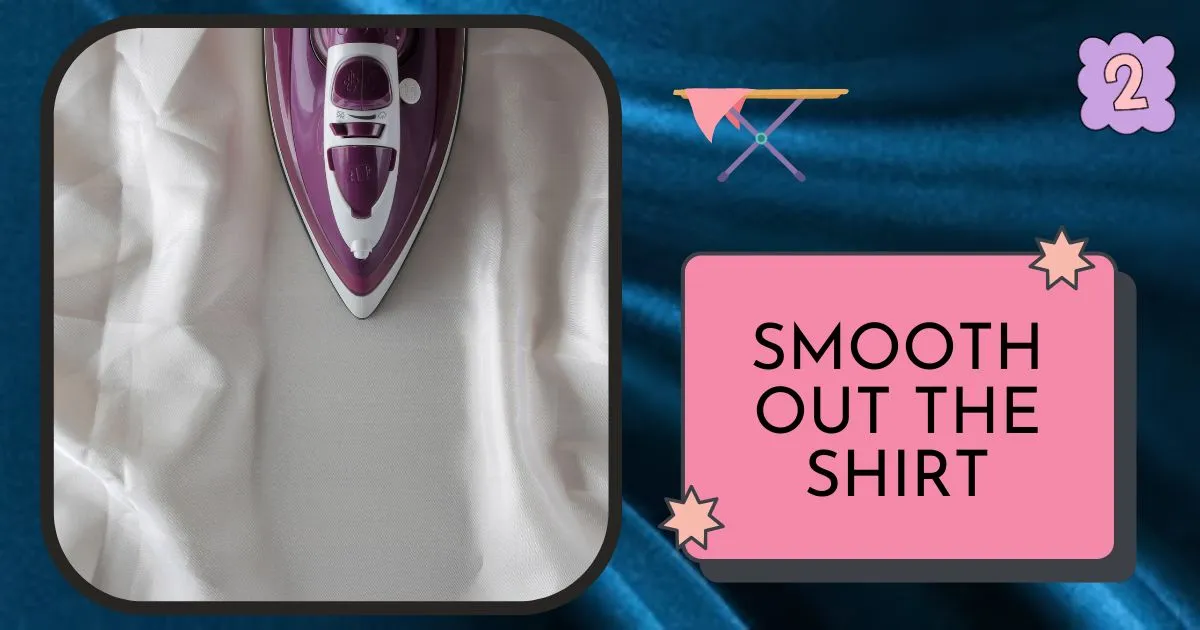
Step 3: Start with the Collar and Yoke

Step 4: Iron the Shoulders and Sleeves
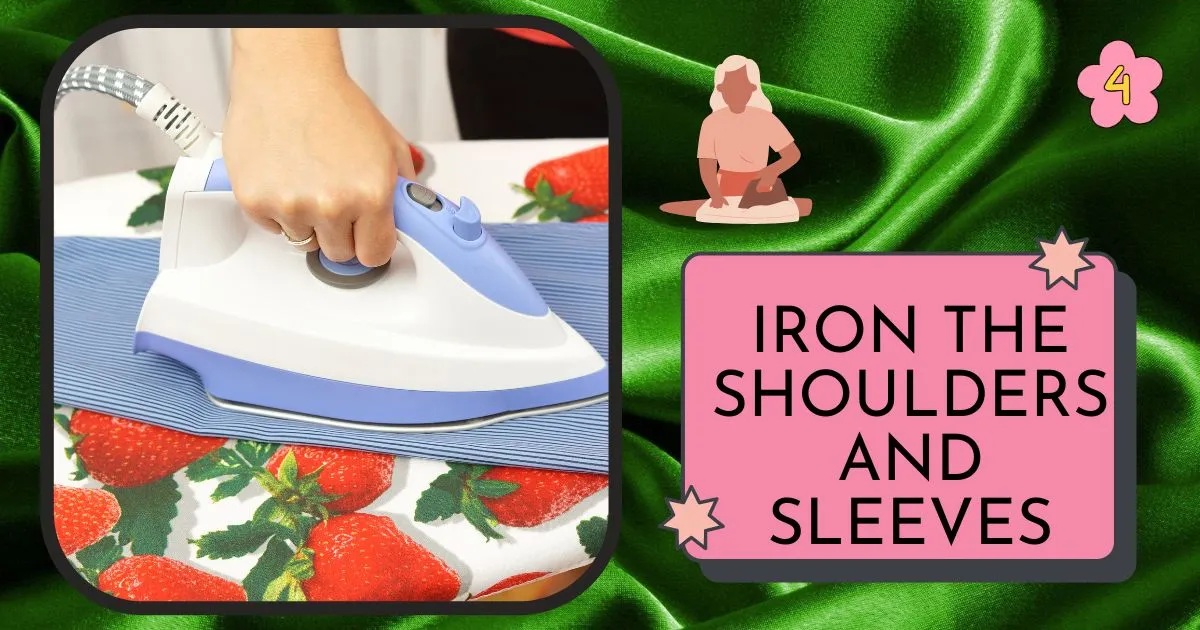
Step 5: Move to the Body
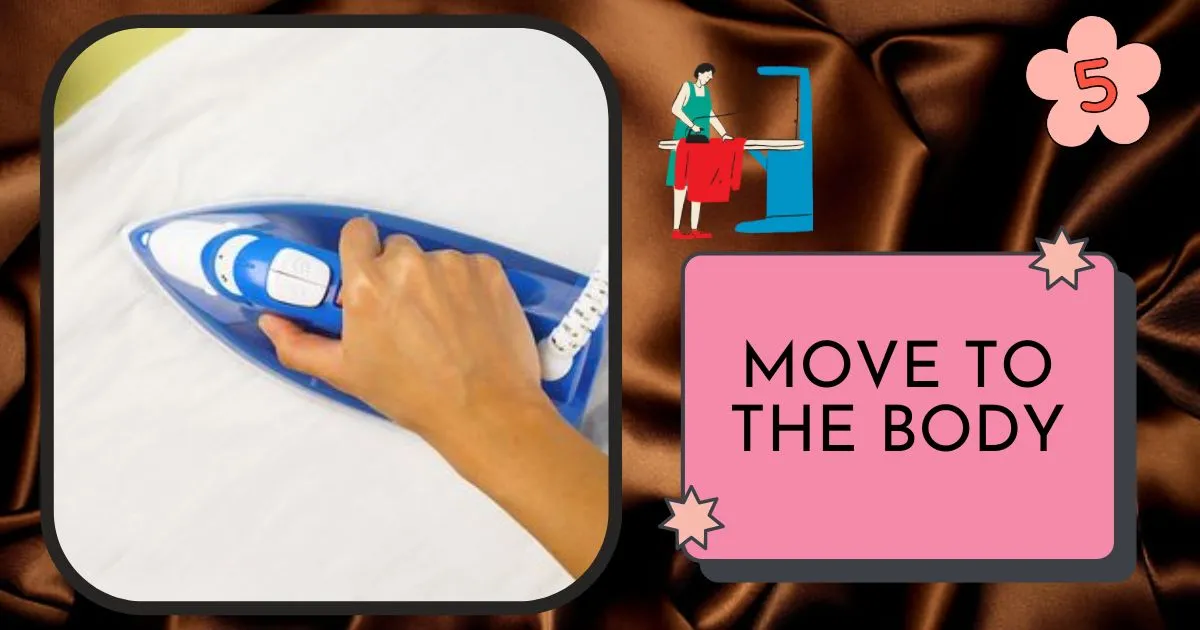
Step 6: Finish with the Back

Step 7: Final Touches
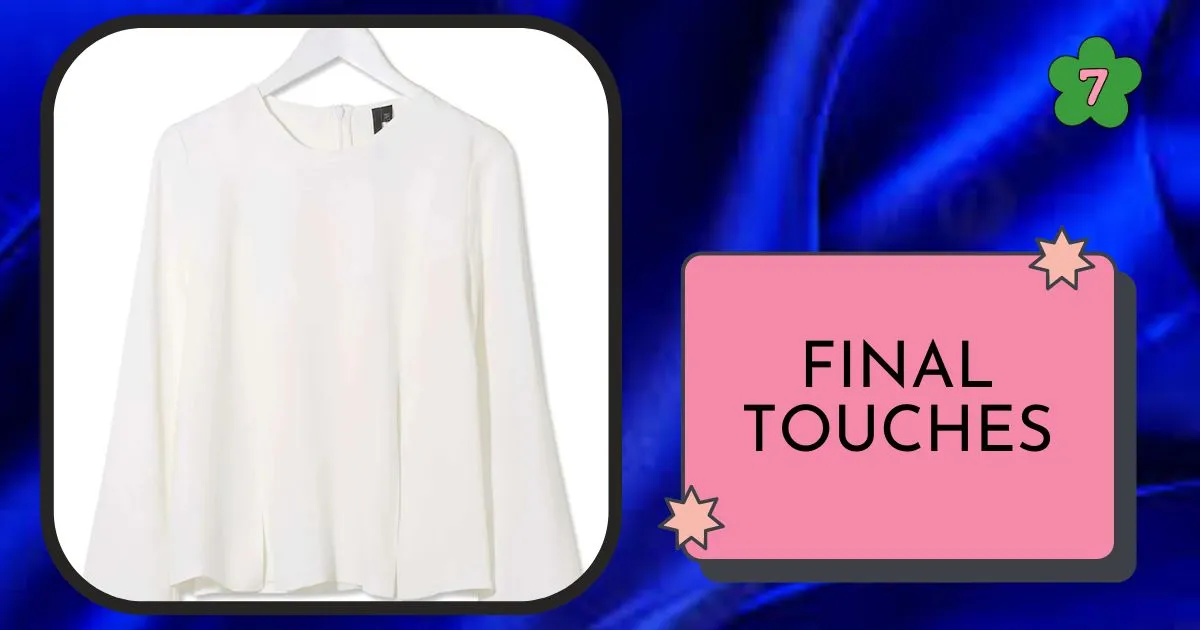
Note:
Remember to always refer to the shirt’s care label for specific ironing instructions or fabric sensitivities. Cold ironing ensures the safety of delicate fabrics, preserving their quality while providing a crisp and polished appearance to your shirts.
Tips for cold iron clothing
Set your iron to the cool iron or low heat setting, typically ranging between 90 to 150 degrees Celsius (194 to 302 degrees Fahrenheit). This temperature range is suitable for delicate fabrics like silk, chiffon, and synthetics, ensuring gentle wrinkle removal without causing damage.
Protect your delicate garments by placing a pressing cloth, such as a thin cotton fabric, between the iron and the fabric. This helps distribute heat evenly and prevents direct contact, minimizing the risk of scorching or shiny marks.
For optimal results, lightly mist your garment with water before ironing. This adds moisture to the fabric, allowing the heat from the iron to relax the fibers and remove wrinkles more effectively.
Turn your garment inside out to iron. This helps protect the outer surface and prevents direct heat exposure, preserving the fabric’s appearance and reducing the risk of damage.
Keep the iron moving smoothly and evenly over the fabric. Prolonged ironing in one spot, especially on delicate fabrics, can lead to heat damage. Instead, use gentle, continuous strokes to eliminate wrinkles without causing harm.
Always refer to the care label on your garment for specific ironing instructions. Some delicate fabrics may require additional precautions or a cooler iron setting, even within the cool iron temperature range.
Before ironing the entire garment, test the cool iron setting on a small, inconspicuous area. This helps ensure that the fabric can withstand the heat and prevents any potential damage to the visible parts of the garment.
Once you’ve finished ironing, allow the garment to cool completely before storing it. Hang it on a suitable hanger or fold it neatly to maintain its wrinkle-free appearance.
By following these tips, you can confidently navigate the realm of cool ironing, preserving the integrity of delicate fabrics while achieving impeccable results.
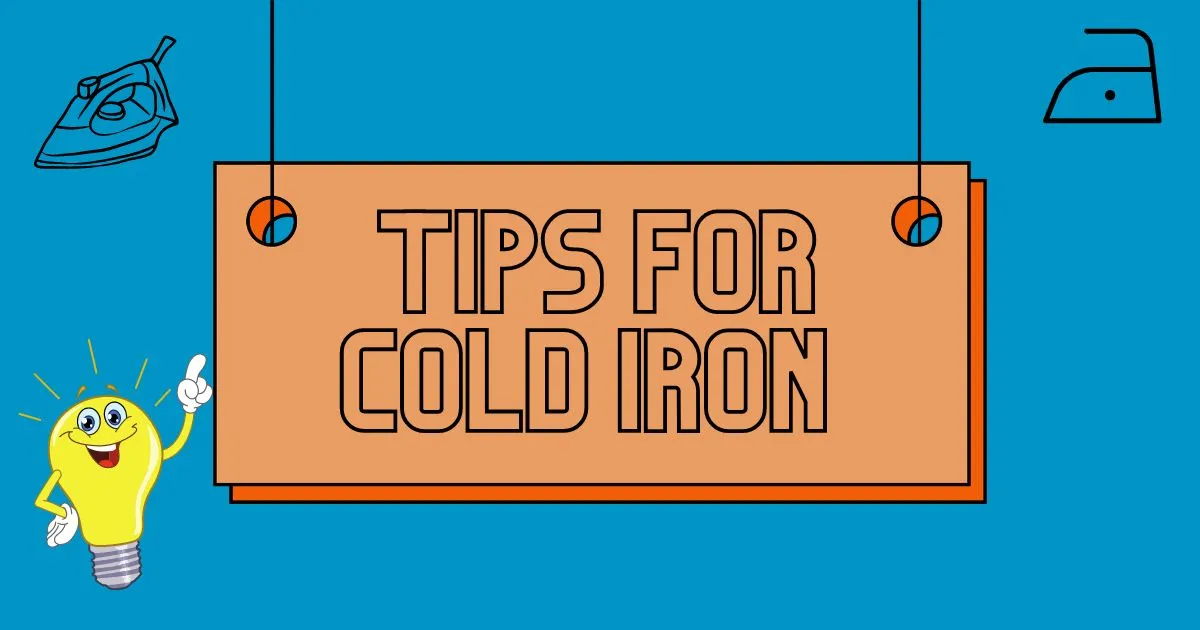
Troubleshooting Tips for Cool Ironing
Dealing with Stubborn Wrinkles
Managing Dry Fabric
Addressing Delicate Details
Avoiding Shiny Marks
Preventing Scorching
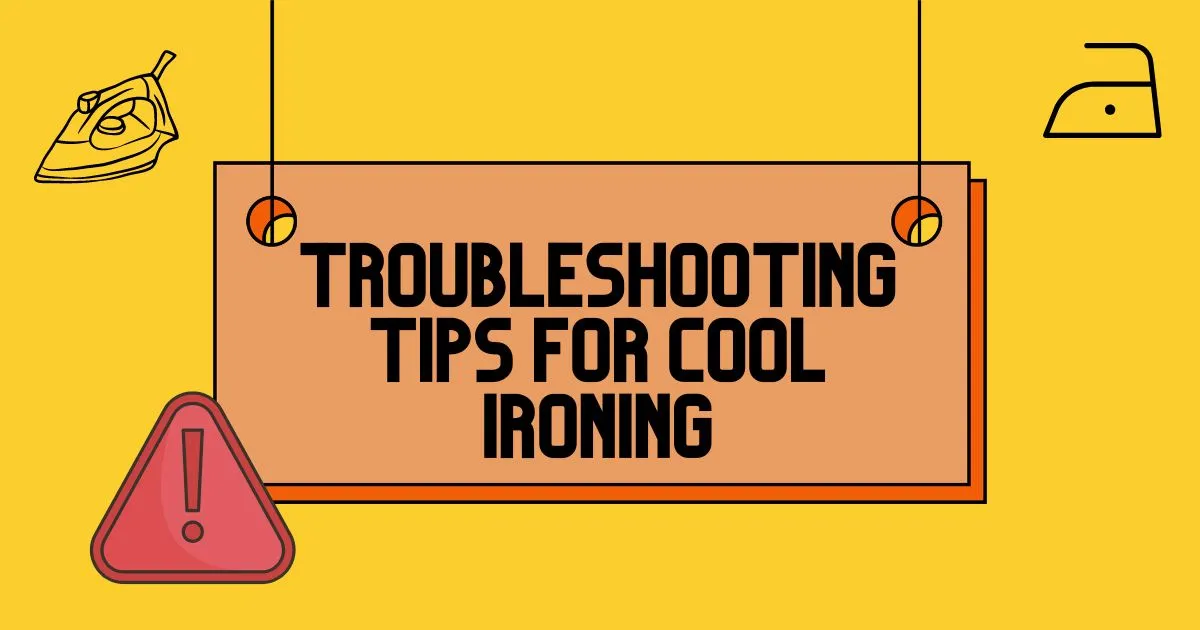
What setting is cool iron?
The “cool iron” setting on an iron is typically used for delicate fabrics that require lower heat. It is different from regular ironing settings because it uses a lower temperature to prevent damage to the fabric. This setting is suitable for materials such as silk, chiffon, and synthetic blends. Using the cool iron setting helps preserve the quality and texture of these fabrics.

Is cold iron different from iron?
Yes, a cold iron is different from a normal iron. While a normal iron refers to an iron that has been heated to a specific temperature for ironing purposes, a cold iron refers to an iron that has not been heated at all. Cold ironing is typically used for tasks that require no heat or for fabrics that are sensitive to high temperatures.
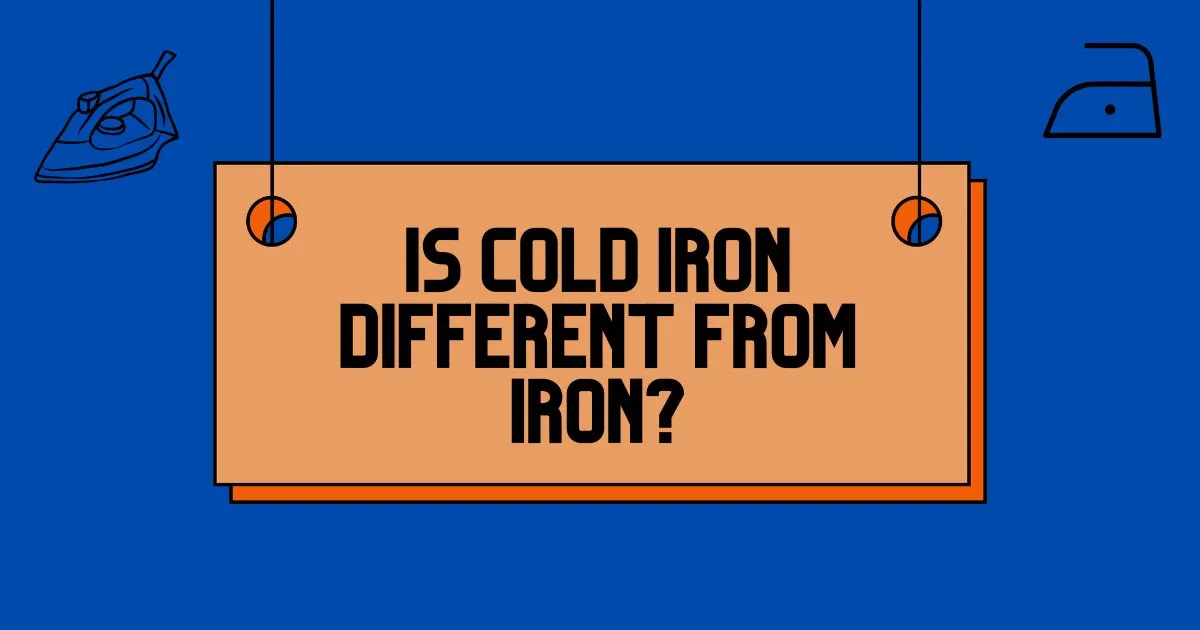
What setting on an iron is 270?
The setting on an iron at 270 is usually considered the “wool” setting. This temperature is suitable for ironing wool garments and fabrics. It provides enough heat to remove wrinkles effectively without damaging the fibers. Always check the garment’s care instructions to ensure the recommended temperature range for ironing wool.
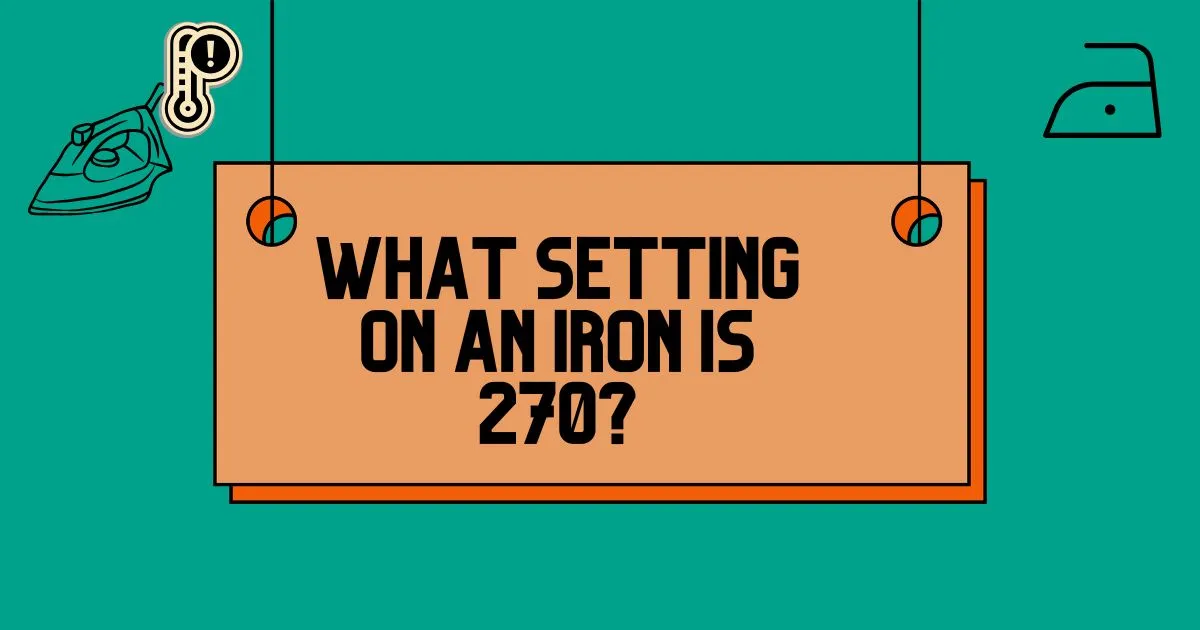
What is the temperature of cool iron?
The temperature of a cool iron setting can vary depending on the specific iron model. Generally, it ranges between 90 to 150 degrees Celsius (194 to 302 degrees Fahrenheit). This lower temperature is designed to protect delicate fabrics, prevent scorching, and maintain their quality. Using the appropriate heat setting is crucial to avoid damaging the fabric.
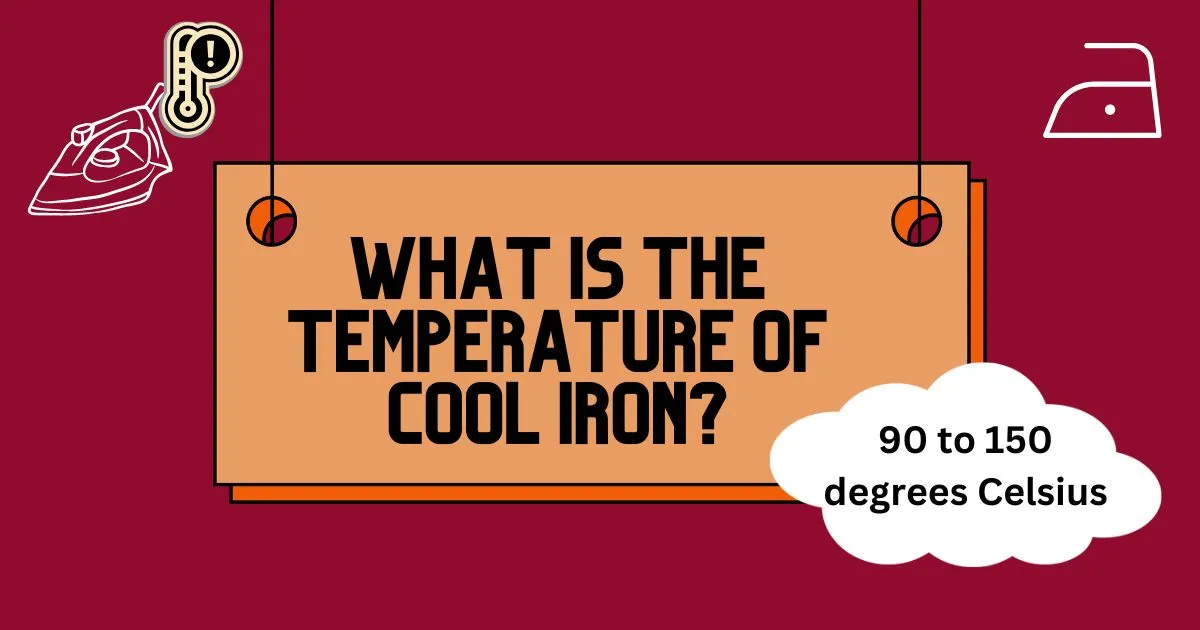
How hot is an iron?
The temperature of an iron can range from 120 to 220 degrees Celsius (248 to 428 degrees Fahrenheit) depending on the setting. The highest setting is typically used for fabrics that can withstand higher heat, such as cotton or linen. Always refer to the fabric’s care instructions to determine the suitable ironing temperature.

What does warm iron mean?
“Warm iron” means using a moderate heat setting on the iron. It is usually higher than the cool iron setting but lower than the highest setting. Warm ironing is commonly recommended for fabrics like polyester, rayon, and blends. It allows for effective wrinkle removal while minimizing the risk of damage to the fabric.

How long does it take for a hot iron to cool down?
The time it takes for a hot iron to cool down depends on various factors, including the specific iron model, the temperature setting used, and the ambient temperature. In general, it may take around 30 minutes to 1 hour for an iron to cool down completely. To speed up the cooling process, you can unplug the iron and place it in a safe, heat-resistant area to dissipate the heat faster.
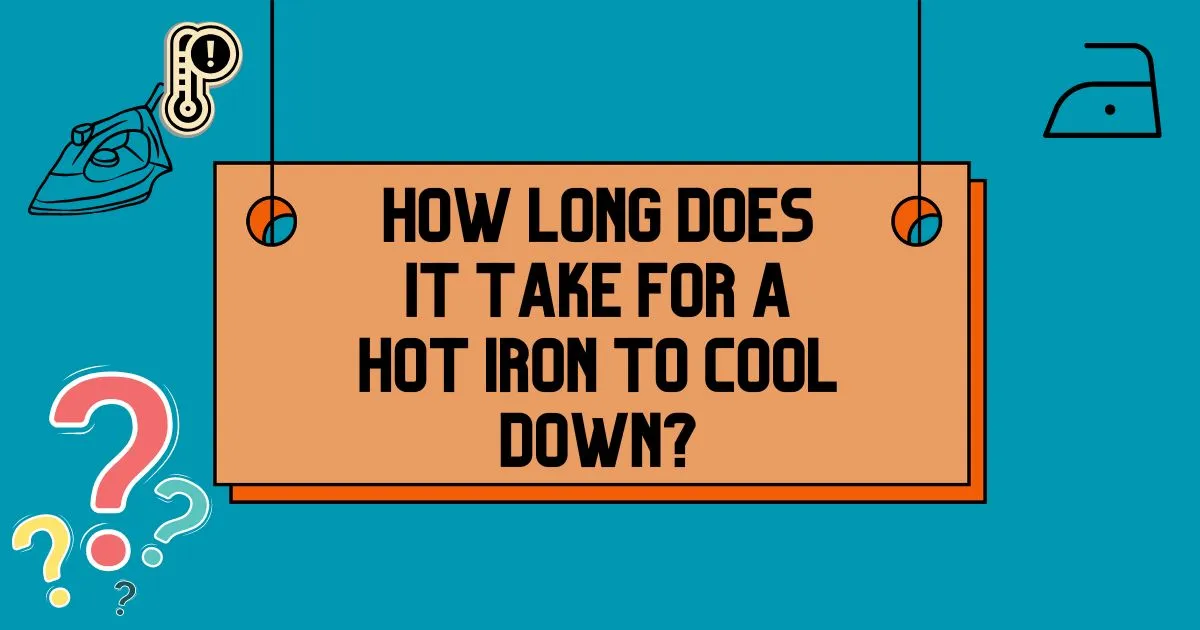
Which fabrics need cool iron?
Fabrics that require a cool iron setting include delicate materials like silk, chiffon, satin, and synthetic blends. These fabrics are sensitive to high heat and can be easily damaged if ironed at higher temperatures. Using the cool iron setting ensures gentle care and helps maintain the integrity and appearance of these fabrics.

Is it better to steam or iron silk?
When it comes to silk, it is generally better to steam rather than iron. Steam helps relax the fibers and removes wrinkles without direct contact between the iron and fabric. Using a steamer is a safer option for silk as it reduces the risk of scorching or damaging the delicate fabric. Steaming also helps maintain the natural luster and drape of silk. But still if iron is required you should choose cool iron for silk.
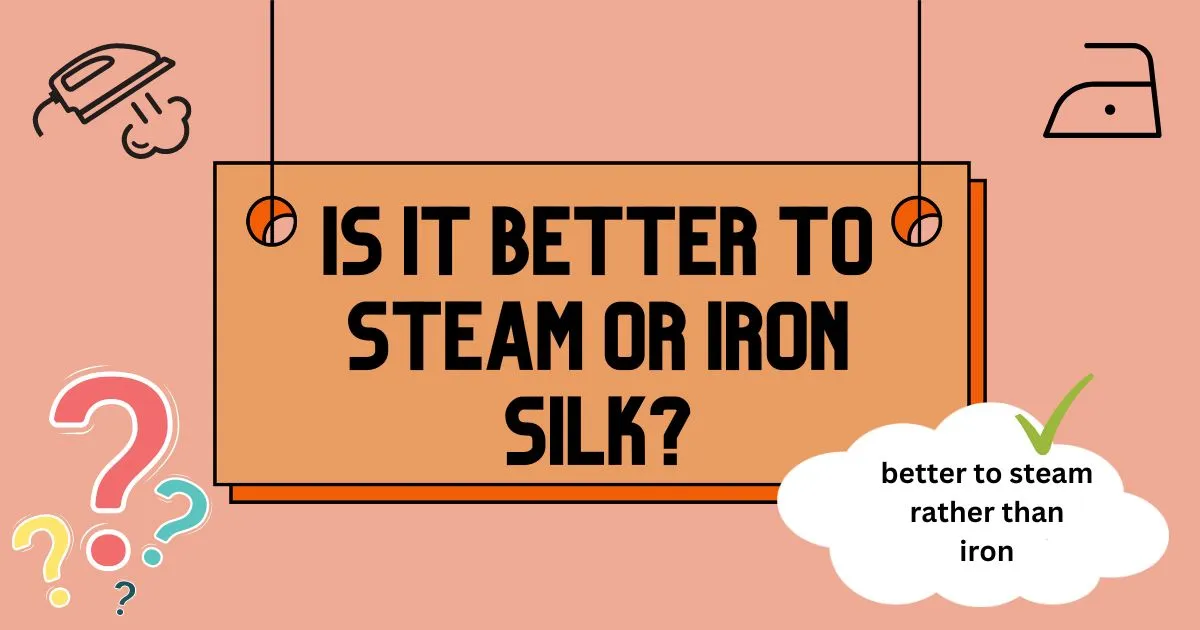
Can you iron fake silk?
Fake silk, often known as polyester satin or satin-like fabrics, can be ironed but with caution. These fabrics are usually less delicate than real silk, so you can use a low to medium heat setting on your iron. However, it is still important to check the fabric’s care instructions and perform a heat test on an inconspicuous area before ironing to ensure it can handle the heat.
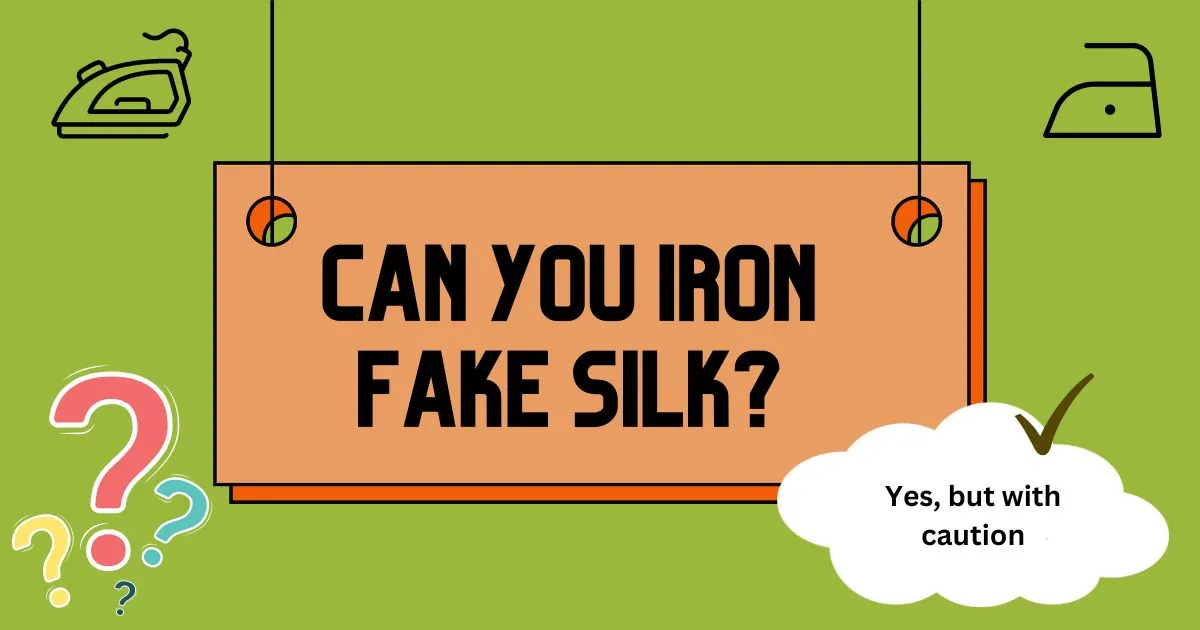
Are you interested in learning to iron a logo?
How to cool iron a dress?

How to cool iron a pant?

How do you cool a dress shirt with iron?
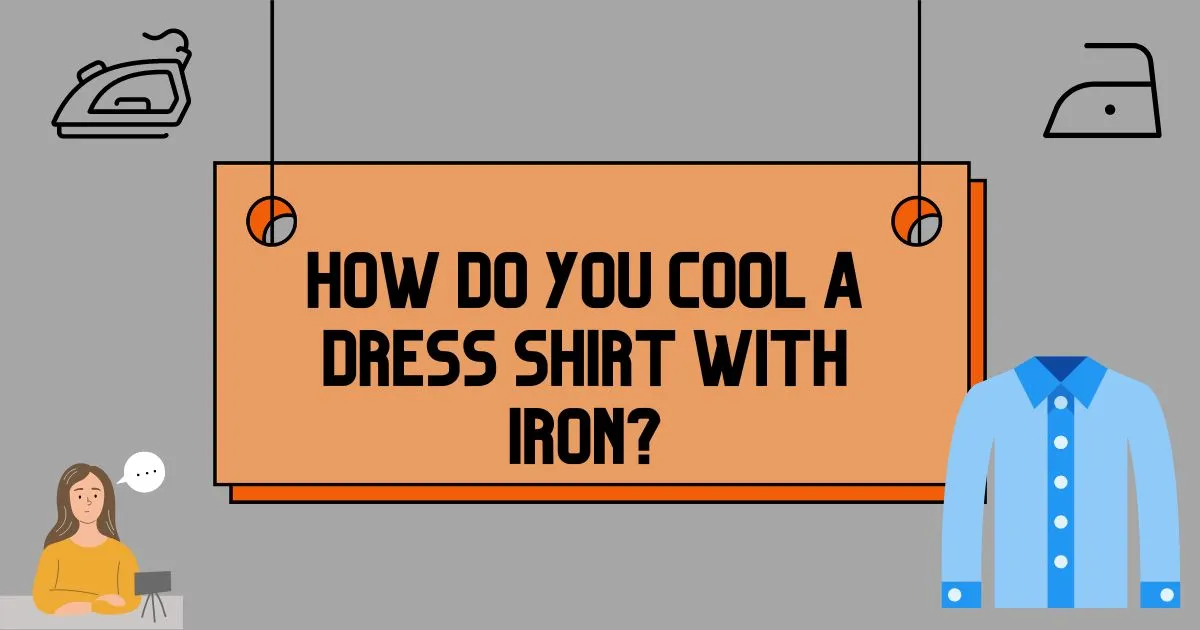
What is lowest temperature on iron?
The lowest temperature on an iron typically ranges between 80 to 100 degrees Celsius (176 to 212 degrees Fahrenheit). This temperature setting is suitable for extremely delicate fabrics or fabrics that cannot tolerate any heat. It allows for minimal heat transfer to prevent damage while still providing some wrinkle removal capabilities.
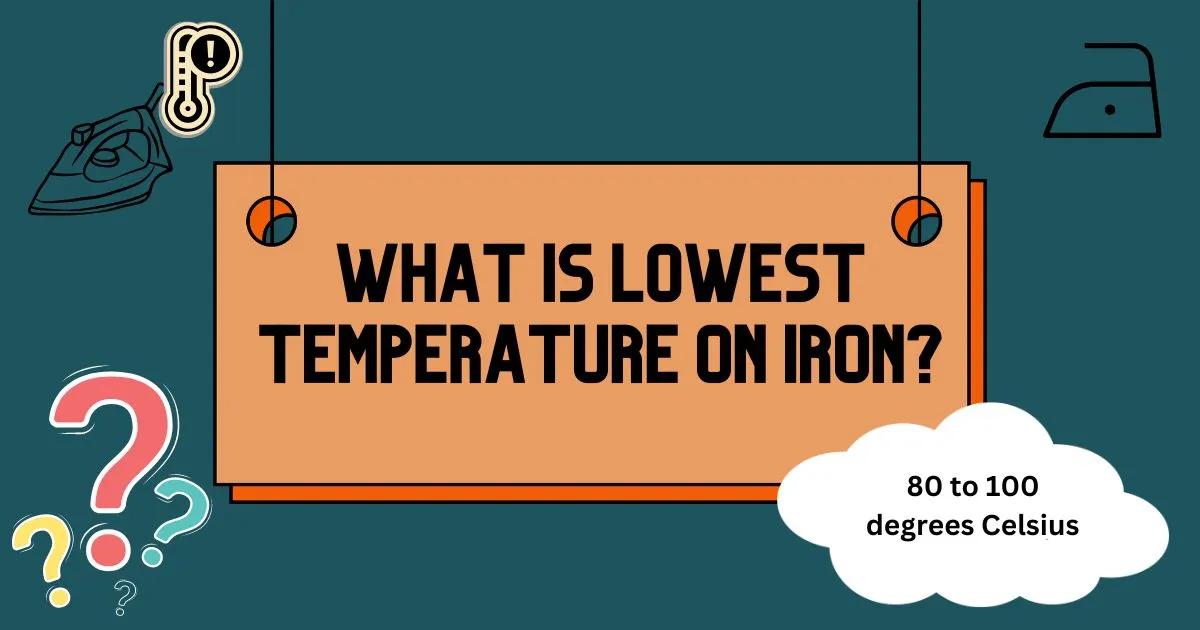
How to cool down my iron?
If you need to cool down your iron quickly, unplug it and place it on a heat-resistant surface away from flammable materials. Open any steam vents or dials to release residual steam and heat. You can also wipe the iron’s surface with a damp cloth to help cool it down faster. Remember to handle the iron with care as it may still be warm.
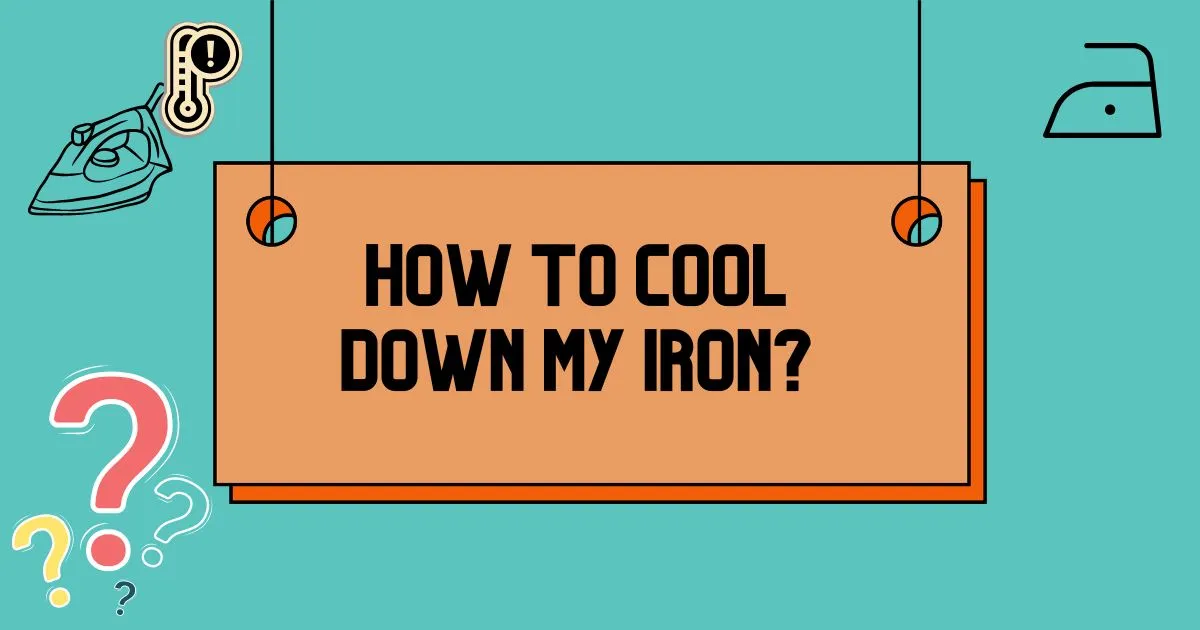
Does silk need a cool iron setting?
Yes, silk often requires a cool iron setting to prevent heat damage. Silk is a delicate fabric that can easily scorch or develop shiny marks when exposed to high temperatures. Using the cool iron setting ensures gentle treatment and helps preserve the fabric’s luster and integrity. Always check the care label or manufacturer’s instructions for specific ironing recommendations.
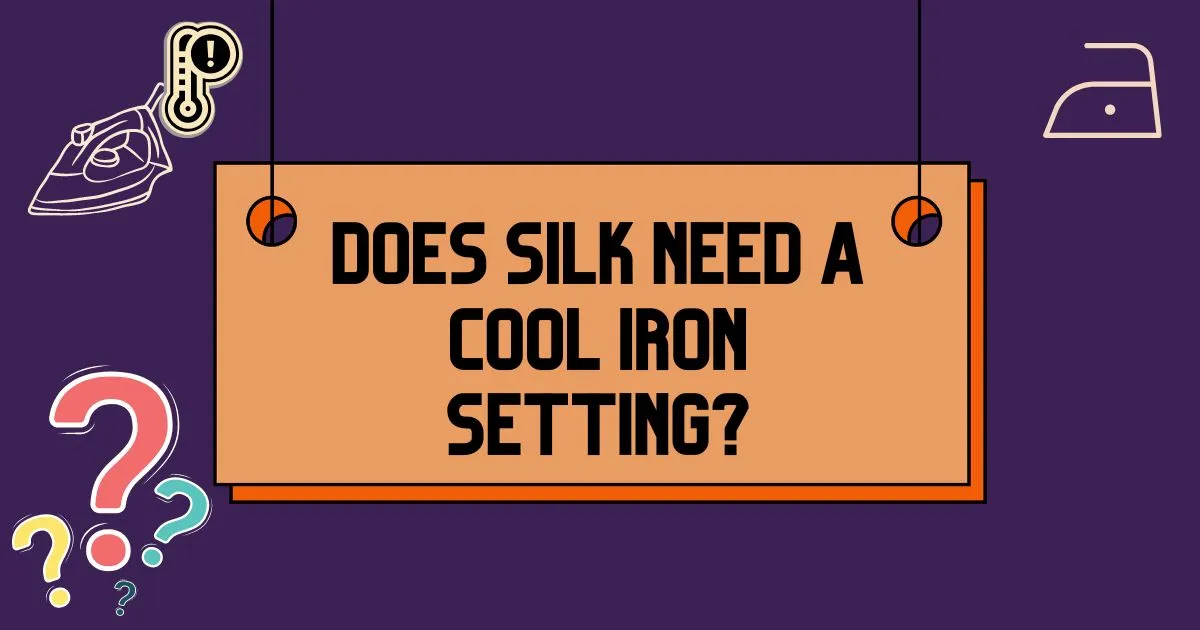
What’s the hottest setting on an iron?
The hottest setting on an iron is typically the “linen” or “cotton” setting, which can reach temperatures between 200 to 220 degrees Celsius (392 to 428 degrees Fahrenheit). This high heat setting is suitable for robust fabrics that can withstand the intense heat, such as cotton, linen, or denim. However, it is crucial to follow the garment’s care instructions to avoid damaging more delicate fabrics.
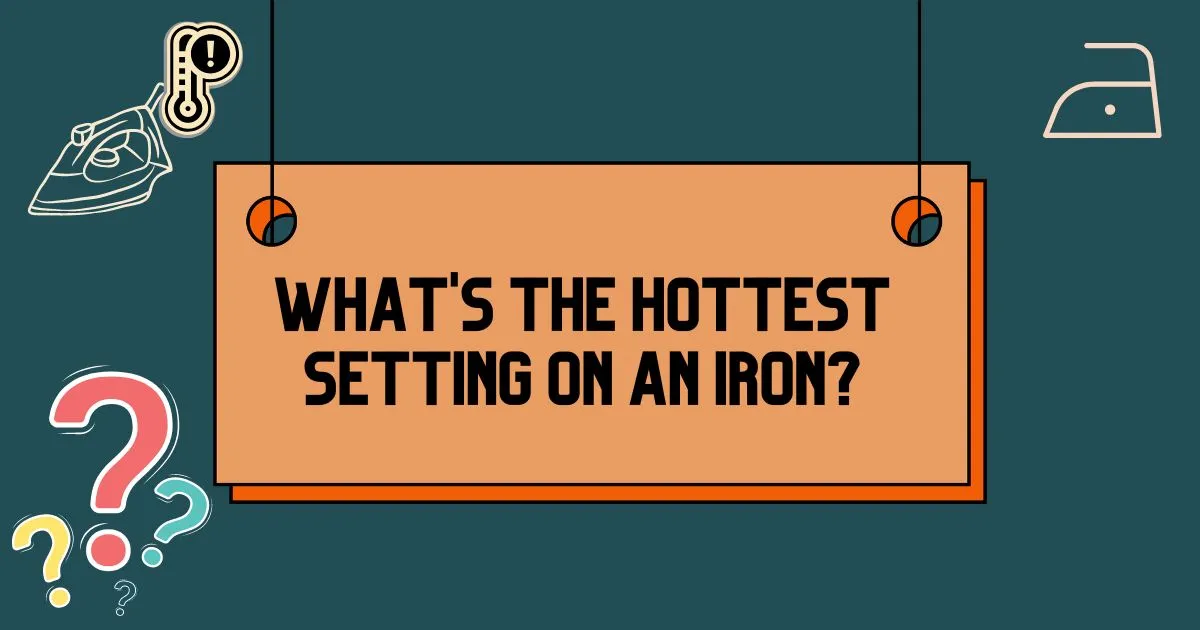
Cool iron vs steam
Cool ironing refers to using the cool iron setting on your iron, whereas steam ironing involves using steam to remove wrinkles from clothes. Cool ironing is suitable for delicate fabrics that cannot withstand high temperatures, while steam ironing is useful for both removing wrinkles and refreshing clothes by providing moisture and heat.

Can you steam cool iron clothes?
Yes, you can use steam on clothes that require a cool iron setting. Steam can effectively remove wrinkles and freshen up garments without the need for direct heat. Steam irons or garment steamers allow you to control the steam output and provide gentle care to fabrics that require cooler temperatures. Always follow the fabric’s care instructions to determine the appropriate method.
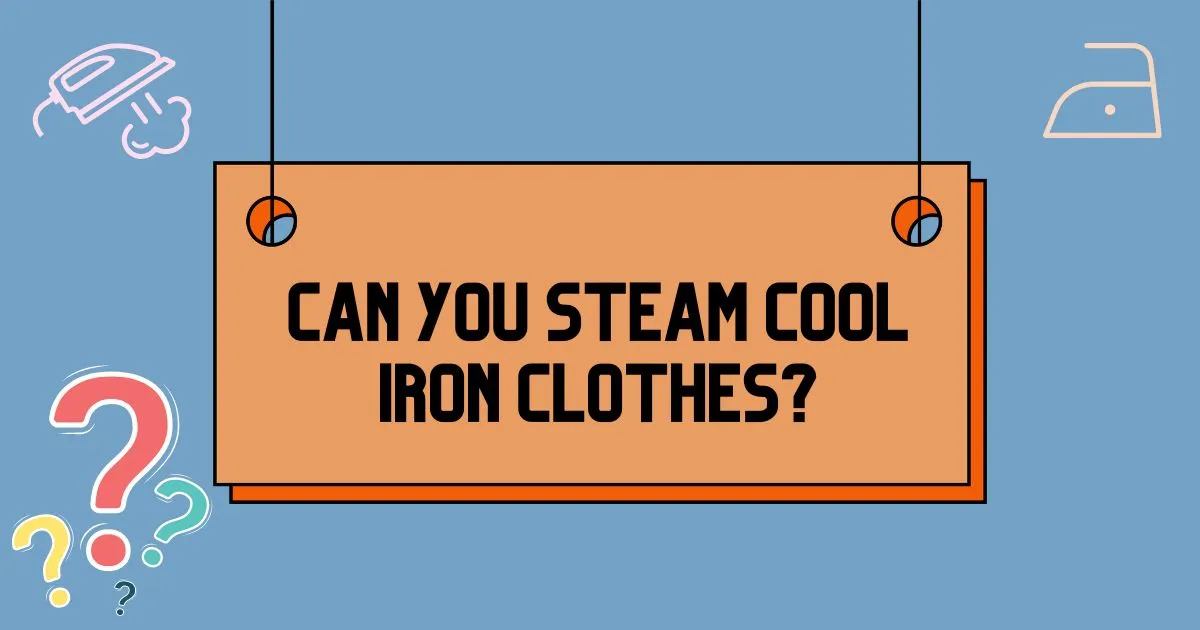
What is cool iron symbol?
The cool iron symbol is usually represented by a circle with a dot inside. It indicates that the garment should be ironed using the cool iron or low heat setting. This symbol is commonly found on care labels and serves as a visual guide to help you choose the appropriate ironing temperature for the fabric.
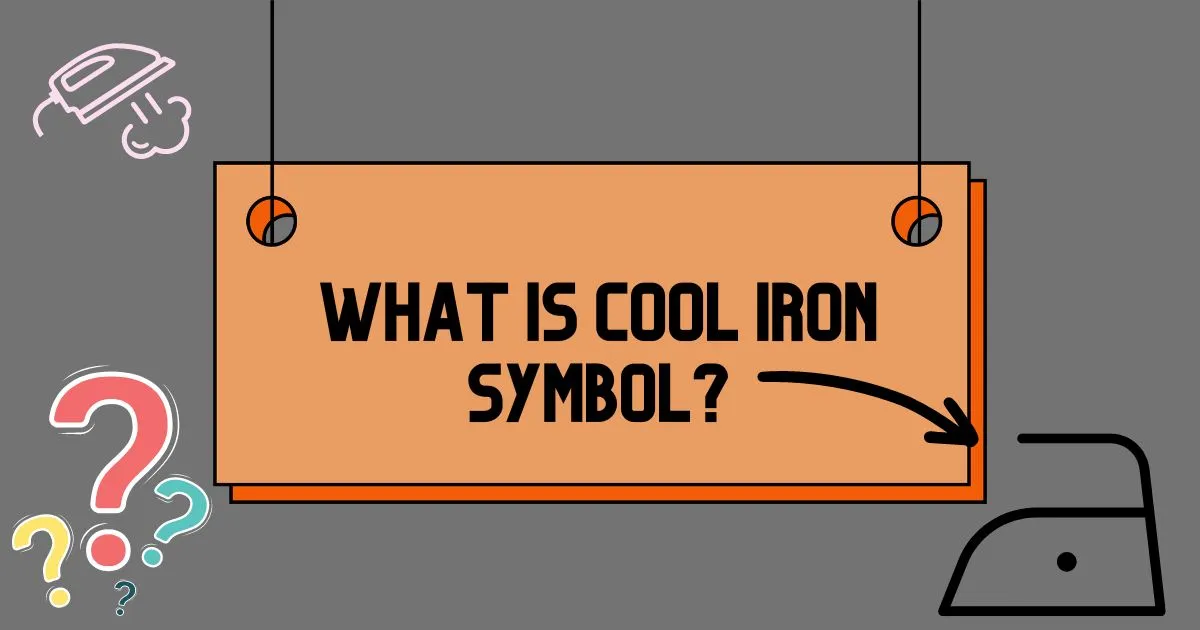
How to cool iron on patches?

What are different Iron Heat settings?
Most irons have adjustable temperature settings to accommodate different types of fabrics. These settings are usually marked with symbols such as dots or numbers that indicate the appropriate temperature range for each fabric type.

How can I achieve a wrinkle-free, well-pressed logo using a ‘cool iron’ on different fabrics?
To achieve a wrinkle-free and well-pressed logo using the ‘cool iron’ method on various fabric types, understanding how to iron a logo is essential. Adjust the iron to the ‘cool’ setting, then gently press the logo in a steady, circular motion, avoiding excessive heat that could harm the fabric or design.
Cool Ironing Delicate fabrics
Fabrics like silk, chiffon, lace, or synthetic materials can be easily damaged by excessive heat. Using the “cool iron” setting ensures that these delicate fabrics are not subjected to temperatures that could cause them to shrink, warp, or lose their shape.

Heat regulation for cold ironing clothes
By selecting the “cool iron” setting, you will still receive some heat from the iron, although it will be at a lower level. This minimal heat is sufficient to help remove minor wrinkles and creases without causing harm to delicate fabrics.
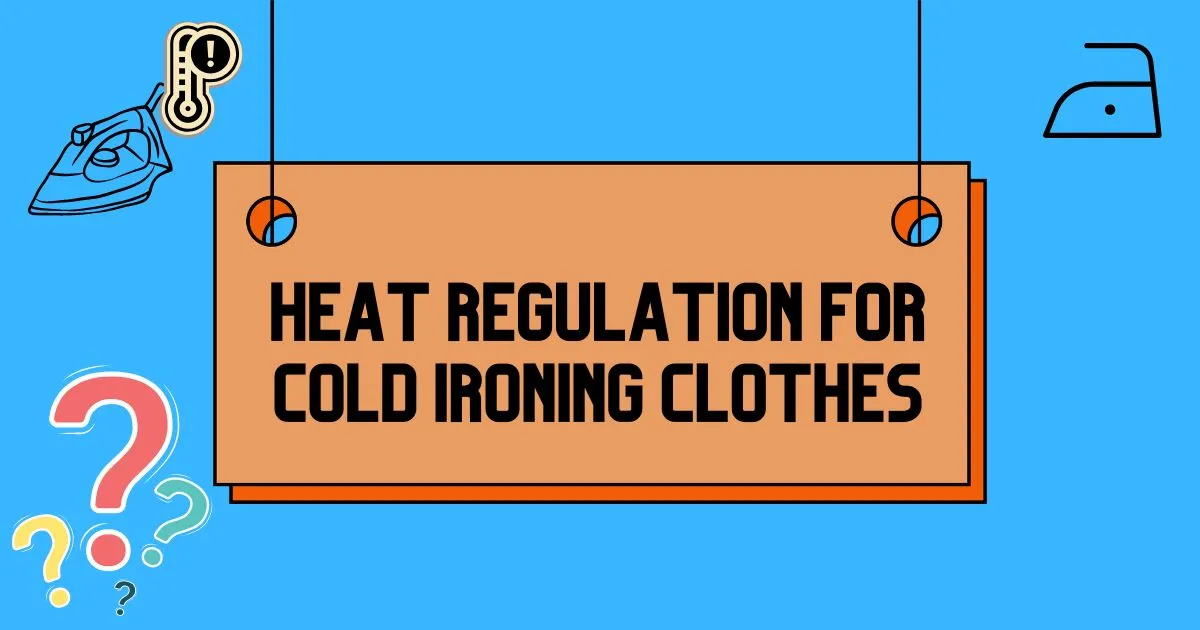
Gradual temperature adjustment to iron clothes
If you’re uncertain about the appropriate temperature for a specific fabric, it’s advisable to start with the lowest heat setting and gradually increase it if needed. This way, you can minimize the risk of damaging the fabric while still achieving satisfactory results.
It’s important to note that the specific temperature settings and symbols may vary between different iron models and manufacturers. Always refer to the instructions provided by the iron manufacturer and the care labels on your garments to determine the suitable heat settings for ironing different fabrics.
Alternative Methods to Cool Ironing
Garment Steamer
Wrinkle-Release Sprays
Professional Dry Cleaning

Iron maintenance for cool ironing clothes
Proper iron maintenance not only enhances its effectiveness but also helps in achieving wrinkle-free results while preserving the quality of your garments. Here are the key reasons why iron maintenance is important for cool ironing:

Read more: How to iron rayon
Conclusion – What does cool iron mean?
In short, achieve wrinkle-free elegance with cool ironing. This gentle technique preserves delicate fabrics while effortlessly smoothing away wrinkles, ensuring your garments look flawless. Embrace the art of cool ironing to transform your wardrobe into a stunning showcase of impeccable style.

